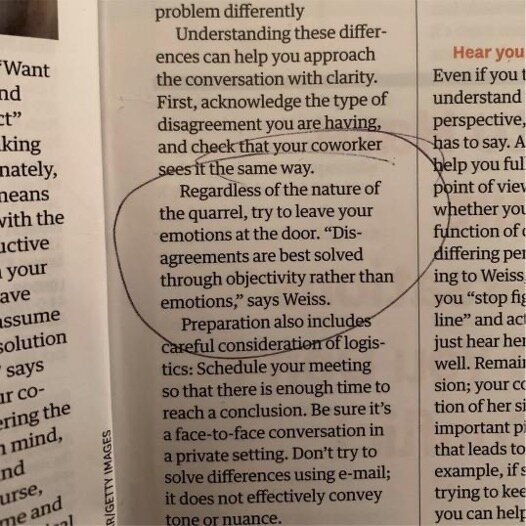I find if I am juggling too many different things in a single workday, it affects my focus, my energy and my performance.
This is especially on days when I am constantly switching between different topics and tasks.
So, I have tried to simplify my work week by intentionally having a theme for each workday...Mondays are creative days, Tuesday through Thursday is for delivery, and Friday is for administrative tasks.
Of course, many days deviate from this ideal, but even having this guideline simplifies my weekly planning and execution. When I am not sure what to work on, I refer to the theme for that day.
And the days I keep it simple and stay on theme, I find that I utilize my time more effectively, stay focused for longer and end the day with more energy for a workout or a home cooked dinner.
What are some ways you can simplify your weekly planning and execution, so you apply your focus and energy on what matters most?








